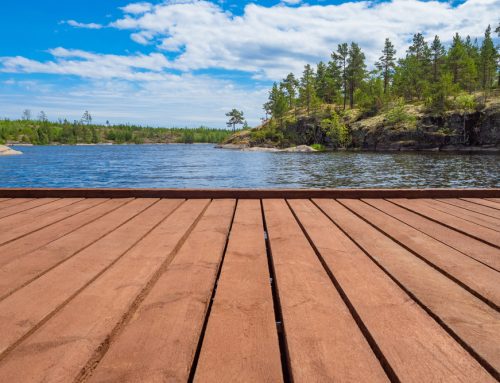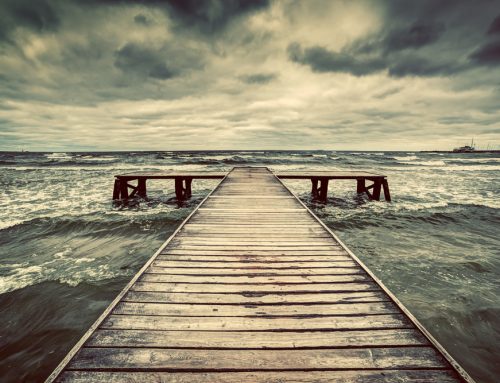If you’re thinking about building a dock for your property to enjoy your lake better, the first thing to do is decide what kind of dock you want to have. Both floating docks and standing docks can be used residentially and will make lake access easier, but they each have their own pros and cons that are worth considering before choosing one.
Find out more about our dock maintenance Orlando services
Floating Docks
Floating docks are pretty much what they sound like. They rest or float on the water’s surface attached through anchors or to existing structures.
Pros
The biggest advantage of floating docks is that they automatically adjust to the water level. So your dock will always be a consistent height, and it won’t be exposed to too much air so often. If your water levels change often or you’re on the sea or ocean where the tide changes, a floating dock is in your best interest.
If you have a boat, a floating dock will provide protection. Where a standing dock will be locked in place as the tide and water levels change, a floating dock will always move with your boat and the water.
Floating docks can be moved and adjusted if you decide you don’t like where they’re positioned. All you need to do is reposition the sections you want moved, and that’s it.
With floating docks, you won’t have to spend extra money building the structure. This is especially important if your dock will be in deep water, as building a standing structure in deep areas will require more materials and therefore cost quite a bit more.
Cons
Since floating docks rest on top of the water, they move with the waves and sway. If you get motion sick or don’t like the feel of a moving dock, a floating dock is not the best option. Instead, a standing dock would be more ideal.
Similarly to the point above, floating docks are often not great for areas that get a lot of water traffic. Every time a boat passes, your dock will move with the waves and can make it an unsteady place for chairs and barbecues, or other activities.
Although rising and falling with the tide is an advantage, it can also be a problem. If the water levels get too low, your dock could be damaged and scrape along the lake or sea floor for hours at a time every day.
Standing Docks
Standing docks are built on solid structures and pilings and do not move with the water. They are attached to the bottom of the lake.
Pros
Standing docks don’t change with the water level, and as such, they tend to be more protected. They won’t be damaged in low tide, and unless the water level rises much more than usual, they won’t be flooded. Standing docks are always built at the highest tide level to ensure this.
When waves hit, a standing dock won’t move or sway. It stays steady and provides a solid surface for anyone who wishes to suntan or roll a barbecue out to the water.
Docking your boat at a standing dock is often easier as the dock won’t be moving.
Cons
Unfortunately, since standing docks need to be built up from the lake or sea floor, you’ll spend a lot of money on pilings if your dock will be in deep water. This can quickly get expensive.
When the water levels change, a standing dock won’t adjust. It stays in the same position, which means your pilings will be exposed to air for quite a bit of time. Constant change between air and water exposure is hard on pilings. Additionally, it can be hard to dock a boat when your dock is much higher than the current water level.
Conclusion
There’s no one right answer, but you may decide to choose a standing dock over a floating dock or vice versa depending on your situation and preferences. Whichever one you choose, be sure to do your research first since docks can be a significant investment.





